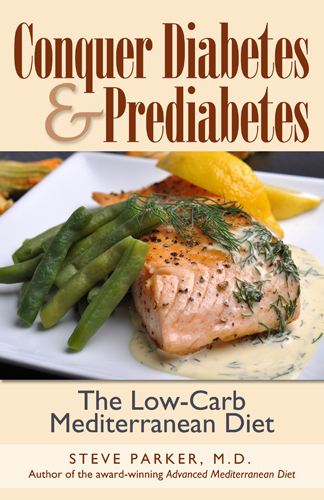In your ideal world, would you prefer your physician’s income reflect:
- number of patients seen and procedures performed, or
- high quality of care, reflected in ready accessibility, lowering cost without compromising care, compliance with science-based guidelines, and patient satisfaction/experience, or
- combination of the above
In other words, do you want your physician incentivized by volume or value?
It doesn’t matter what you want anyway, peon.
A recent study looked at salary arrangements for doctors in system-affiliated physician organizations in four states. The main conclusion:
The study results suggest that despite growth in value-based payment arrangements from payers, health systems currently incentivize physicians to maximize volume, thereby maximizing health system revenues.
This in-depth multimodal cross-sectional assessment of compensation and incentives among health system–affiliated POs [physician organizations] for which there is greater exposure to VBP [value-based payment] and APM [alternative payment model] arrangements compared with independent practices found that volume was the most common form of base compensation by a wide margin, being included by more than 80% and 90% of POs for PCPs [primary care physicians] and specialists, respectively, and representing more than two-thirds of compensation when included. Similarly, actions to increase volume were the most commonly cited means for physicians to increase their compensation. Base compensation incentives for physicians were not dominated by population or value-oriented payments, with only a third of POs reporting inclusion of capitation with PCPs and averaging only about a third of total compensation when included. Performance-based financial incentives for value-oriented goals, such as clinical quality, cost, patient experience, and access, were commonly included in compensation but represented a small fraction of total compensation for PCPs and specialists in health systems, operating at the margins to affect physician behavior. Taken together, these findings suggest that despite growth in APMs and VBP arrangements, these value-based incentives were not commonly translated into health system physician compensation, which was dominated by volume-oriented incentives.
The problem is that it’s a lot easier to measure volume than value. Easy wins.
Steve Parker, M.D.
Ref: Physician Compensation Arrangements and Financial Performance Incentives in US Health Systems in JAMA Network
PS: Avoid the medical-industrial complex as much as is safely possible. Let me help.




Question: For surgeons, is it better to do a high volume of cases with a low rate of minor complications or a medium volume with even a lower rate of complications per surgery?
Can surgeons who have the lowest rate of complications charge more and get higher-paying clients?